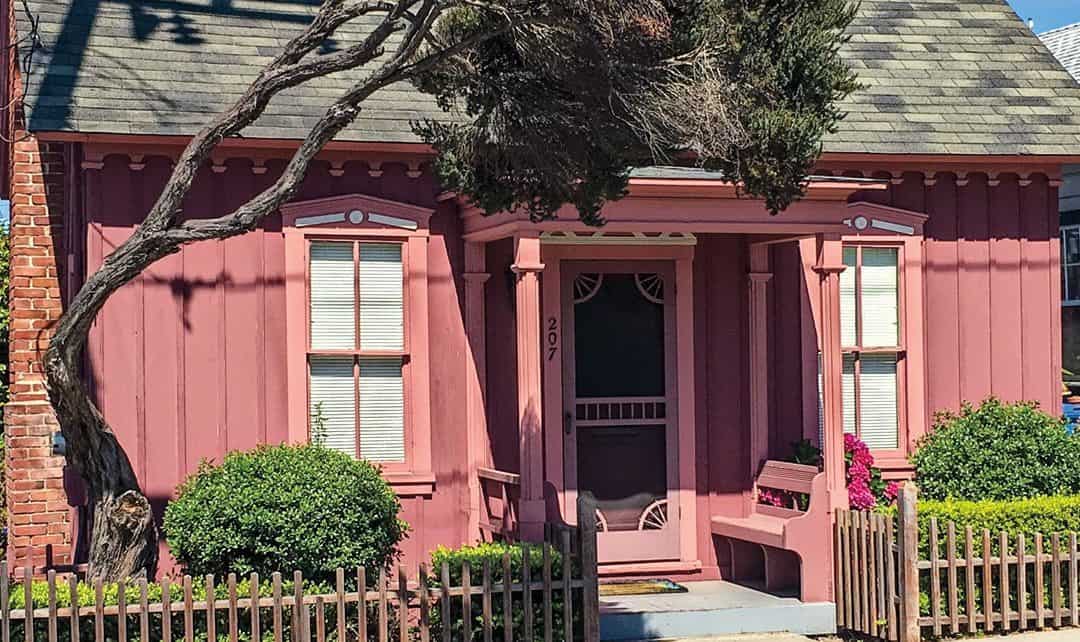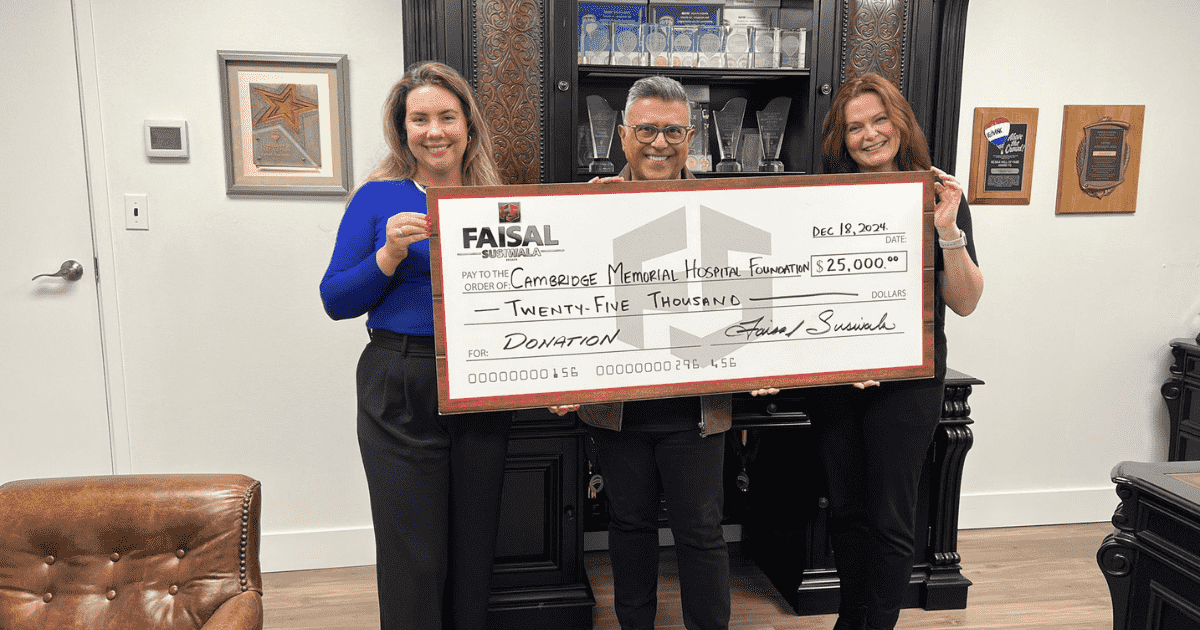Unlike most people, Lloyd Kahn has gone through life without ever having to pay rent or a mortgage. Okay, there was one small exception when he was 23, when he and his wife bought a home for $15,000 and had a mortgage for three years. But then they sold the property and ever since, he’s managed to avoid paying the typical housing costs that most other people incur.
How did he do it? “I always lived in a house I built,” the California-based author told REM after a slide show at the Parkdale Public Library in Toronto last spring to promote his latest book, Small Homes: The Right Size.
Kahn maintains the typical North American home is too big. In the U.S., the average new single-family house in 2015 was 2,467 square feet, or 1,000 square feet larger than in 1973.
He believes a small home, which he defines as 400 to 1,200 square feet, has many advantages and is the way to go. “They are more efficient to heat and cool, cheaper to maintain, use less resources and less expensive to run overall,” he says.
Kahn has lived in quite a few small (and unconventional) abodes over the years, including a geodesic dome and a chicken coop.
He built his first home in the 1960s around the same time he was the shelter editor for the Whole Earth Catalog – a popular American counterculture magazine with a focus on self-sufficiency and do-it-yourself projects.
His latest book features 68 fascinating small homes. Most are in North America, though there are plenty of examples from around the globe.
They range from plain and low-cost homes (one was made for $35,000) to inspiring examples of design and craftsmanship. There’s a straw bale home in Arizona, a stone home in southern Spain, a tin shed in Colorado, a two-storey treehouse near Seattle and a homestead of recycled materials in Quebec, whose owners believe in building with “as much free stuff as possible.”
Many of the featured houses are designed and built from scratch by the owners. Some are in the country, others in small towns and some in large cities. The only unifying factor is the floor area.
The book is crammed with the stories of interesting people such as a teenager in France who spent three years constructing a cabin in the woods using industrial window seconds and chestnut wood from the forest. He took his inspiration from a 16th-century architect, Philibert de l’Orme, who was apparently the first person to write a book on self-building.
The variety of homes covers the gamut. There’s a solar-powered Quonset hut in California, a cordwood home in New York, an octagonal cedar home in the Pacific Northwest, a cave home in New Zealand, an earthbag home in Turkey and a converted garage in Kentucky.
Kahn believes there are a lot of options in cities with a housing shortage. “You could find a small house that needs work and fix it up, or two families could buy one house and turn it into a duplex.”
Another option, he says, is to build a small structure in your backyard – ideal housing for an elderly parent or out-of-work adult child. “Some cities have ordinances that allow you to do that because you already have water, sewer and power, so those are three things you can do in cities.”
His current home in Northern California started out as a tiny home with a bedroom that measured just six-feet long by six-feet wide. Now, he says the home has expanded to over 1,400 sq. ft. “But I’ve been here 47 years. With a small home you add on to it.”
Packed with inspiring colour photos, Small Homes is the seventh in a series of books on the topic of shelter. Others include Home Work: Handbuilt Shelter; Tiny Homes: Simple Shelter; Tiny Homes on the Move: Wheels and Water; and the first book in the series, called Shelter.
“A surprisingly large group of people are motivated by these books to build their own homes,” says Kahn. “They send us photos and stories, which then appear in the next book.” For example, eight of the homes and their owners featured in Small Homes: the Right Size were inspired by previous Shelter books.
During a Q&A after Kahn’s library presentation, one man expressed interest in the idea, but said he knew nothing about building. What could he do?
“You learn as you go,” said Kahn, “and you ask for help.”
Diane Slawych is a contributing writer for REM.













